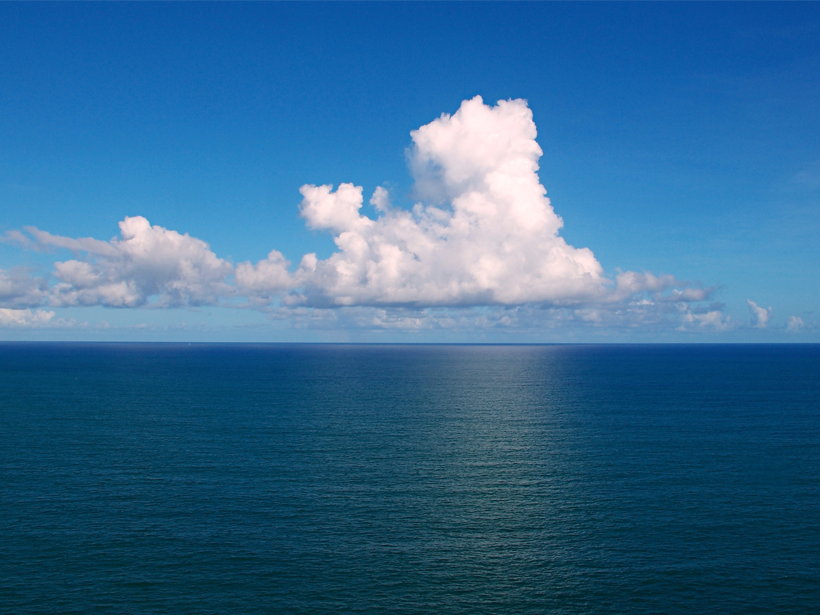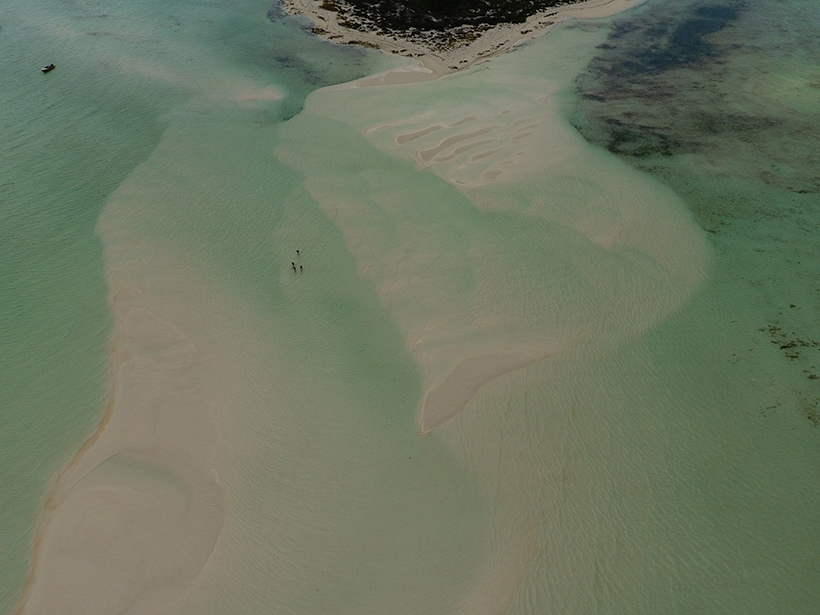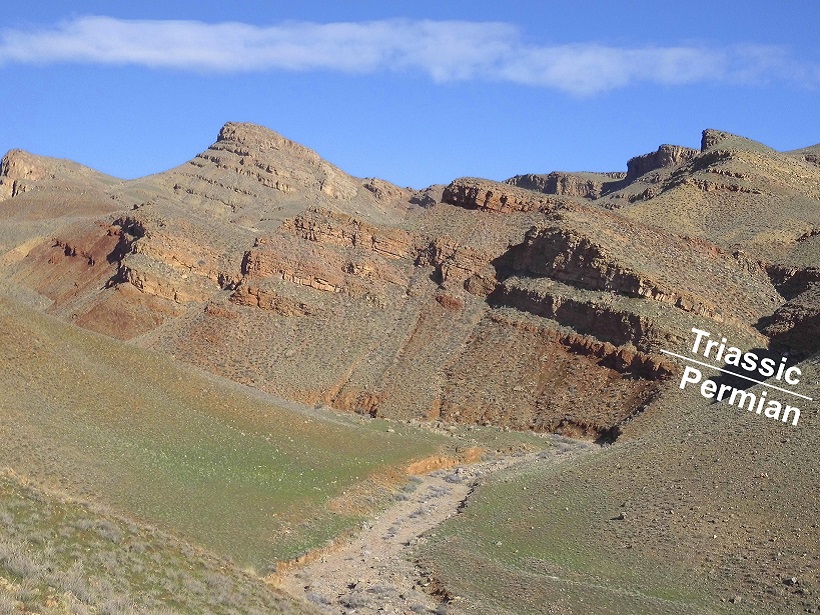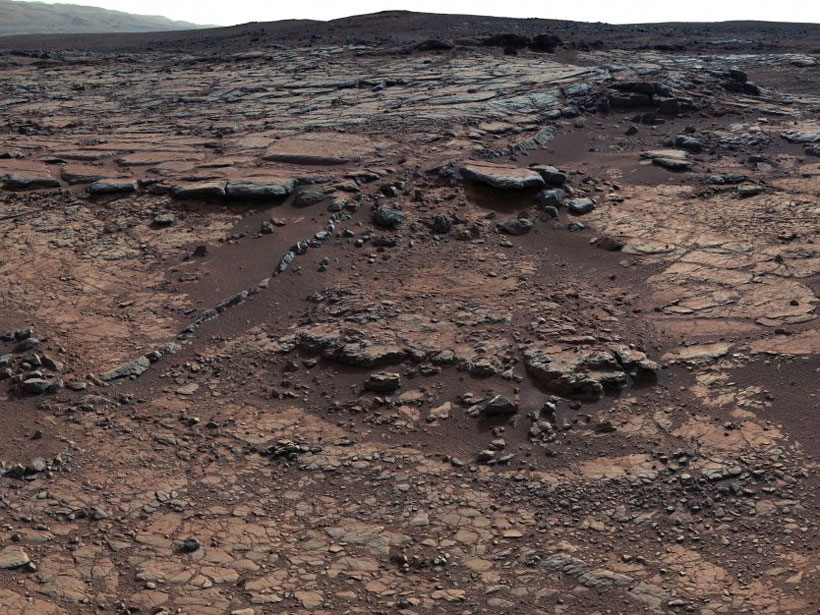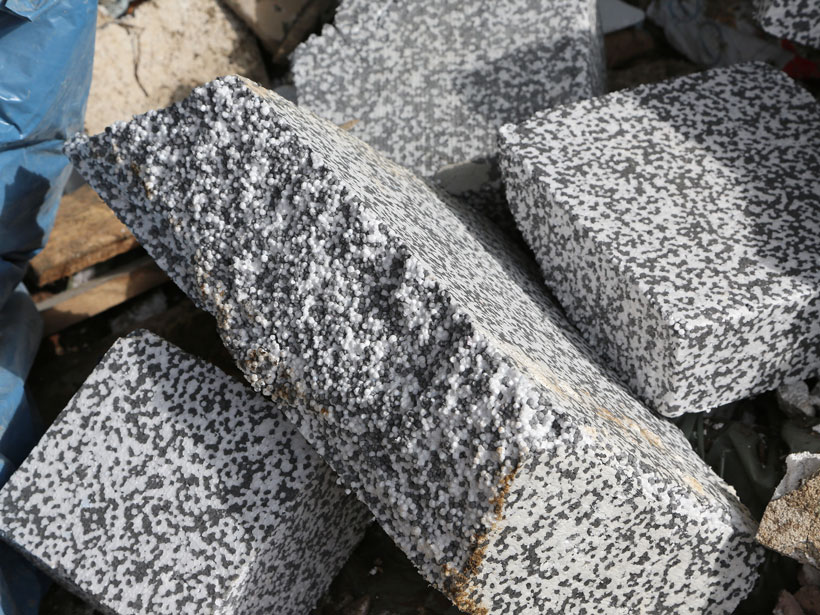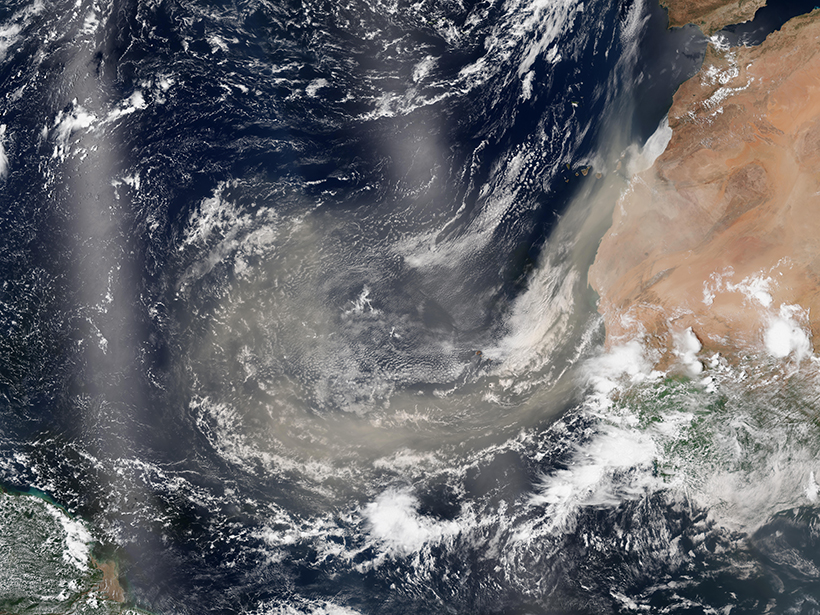A new study quantifies the abundance of single and bonded H2O molecules in the ocean.
geochemistry
Understanding Stream Metabolism with Reactive Tracers
When the blue dye resazurin encounters living microorganisms, it transforms into fluorescent pink resorufin and helps scientists understand ecosystem respiration, but it has its limitations.
Old Idea Spurs New Research into Origins of Carbonate Mudstones
Using modern techniques, scientists tested an old hypothesis about carbonate mud production to shift the thinking about rocks that are used as seawater archives and a source of petroleum.
How Mars Lost Steam
Solar winds are not the main culprit in stripping the planet’s atmosphere, a new study suggests.
Isotope Geochemists Glimpse Earth’s Impenetrable Interior
Painstaking measurements of isotopes and their relative abundance in rocks have illuminated the hidden inner Earth and our planet’s origins and shadowy past for much of the preceding century.
Unravelling the Past Using Elements and Isotopes
A new book explores chemostratigraphy, a fascinating and relatively young branch of geoscience, presenting the latest developments and applications.
Researchers Bring Early Martian Water Chemistry to Life
Lab experiments constrain conditions necessary for a key mineral to have formed in ancient lagoons and a crater lake.
“Eco-friendly” Flame Retardant May Have Eco-poor Breakdown
These flame retardants replaced earlier chemicals known to degrade into environmentally harmful by-products. The newer compounds may do the same thing.
A Novel Approach Reveals Element Cycles in the Ocean
Dissolved thorium isotopes light the way to a more thorough understanding of how different elements enter marine environments—and how long they stay there.
In Search of Life Under the Seafloor
A multinational research team drilled into the seafloor to see whether chemical processes in exposed shallow mantle rocks could generate nutrients to support life in the subsurface.

